
Team Wilder story: Turning a blank canvas into a haven for wildlife

Imagine a wilder world on your doorstep, with more nature everywhere in urban and rural areas. Read about how Ed Munday turned the garden of his new house from blank canvas into a haven for wildlife as part of Team Wilder.
When we moved into our house – a semi-detached 1930’s house backing onto fields in Cholsey, Oxon, back in April 2014 the garden was a blank canvas – little more than a rectangle of sterile lawn with a narrow flower border and a lone pear tree.
The garden was almost completely devoid of any wildlife interest until we got to work to transform it into a haven for wildlife.
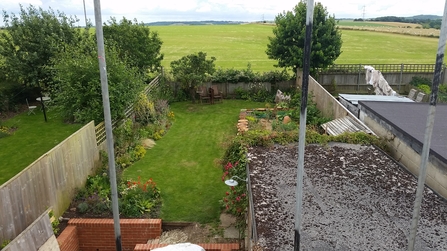
Ed's garden before the transformation.
Over the following years we put in a raised bed for vegetables, extended the borders to allow more room for a range of pollinator friendly plants,
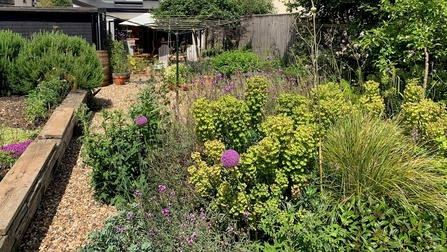
Ed planted a mix of plants for pollinators
planted two field maple trees,
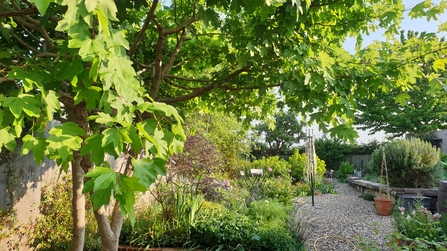
Field maples are relatively small trees with leaves that turn a rich, golden-yellow in autumn.
and dug a pond,
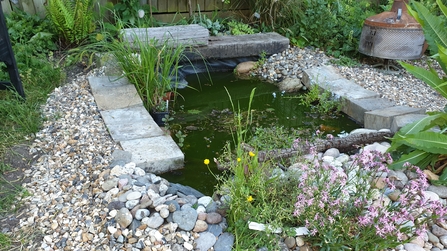
A pond is one of the best things you can add to a garden for wildlife
We also stopped using any pesticides and molluscides. Our latest addition are two large rotting logs that we salvaged from a neighbour’s front garden clearance.
Our efforts have been rewarded with an abundance of wildlife – nearly 40 bird species have been seen in the garden, the pond is alive with frogs and dragon- and damselflies, and the garden abuzz with bees, butterflies, hoverflies and moths.
Here is a selection of the species that we've seen in our garden, along with a collage of the flowers in there.
Neither did we neglect the front garden.
In the last 20 years a third have been lost to impermeable hard standing and front gardens continue to be converted to driveways with consequent impact on wildlife and rainwater run-off (a trend likely to continue as we switch to electric vehicles).
We inherited this dead space:
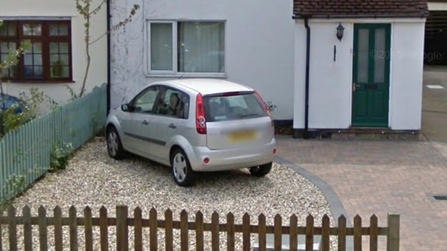
Ed's original front garden with no interest for wildlife
and although we still park our car in the front garden we have created space for a native hedge (hawthorn, spindle, guelder rose and dogwood), lilac trees, honeysuckle and bird feeders – which are frequented by the street sparrows who brighten up our mornings with their busy chatter.
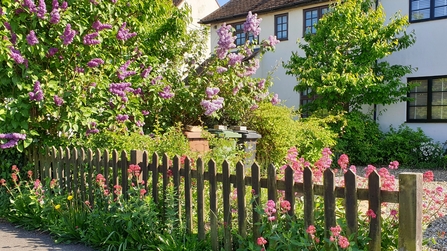
A few well-chosen plants transform Ed's front garden











